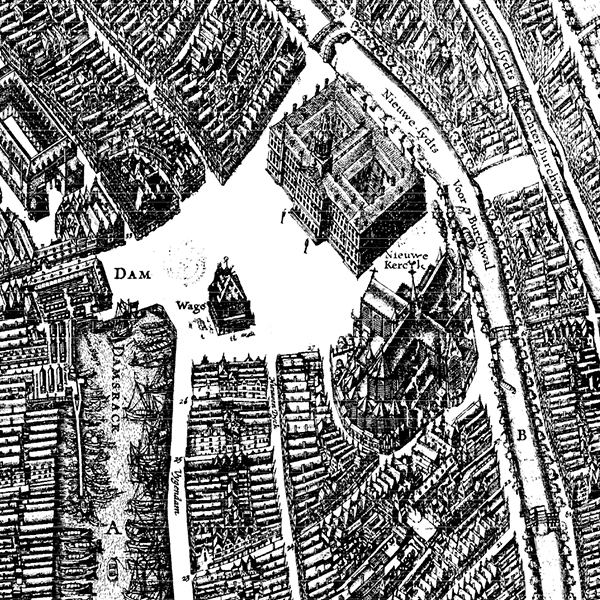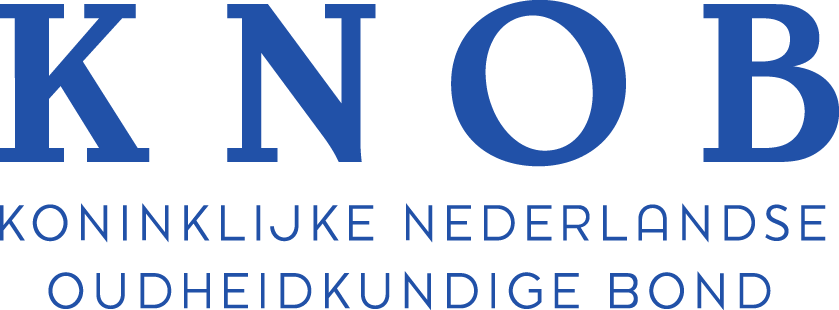##submission.downloads##
DOI:
https://doi.org/10.7480/overholland.2006.3.1585Samenvatting
In een artikel over de Royal Exchange te Londen schreef ene Arthur Stratton in 1917: ‘A city without an Exchange lacks a centre: it is like a wheel without a hub. In times not remote the exchange was the recognized place of assembly for all merchants, where day by day they met to transact their business. It thus played a large part in the communal life of a city, and the extend and architectural character of the Exchange were in some measure an indication of the commercial enterprise and prosperity of the citizens.’1 In 1611 verscheen aan het Rokin het eerste beursgebouw van Amsterdam. Het was het grootste openbare gebouw, in ‘Hollandse renaissance’stijl, dat in opdracht van het stadsbestuur tot stand was gekomen. Het kleurrijke gebouw bestaat helaas niet meer: in 1836 werd het gesloopt wegens de slechte bouwkundige staat.2 Hiermee ging een van de interessantste stedelijke gebouwen uit de Nederlandse geschiedenis verloren. Marius van Nieuwkerk noemt in zijn boek Hollands gouden glorie het beursgebouw zelfs ‘het zenuwcentrum van de gehele internationale economie’.
Citeerhulp
Gepubliceerd
Nummer
Sectie
Licentie
Copyright (c) 2006 Henk Engel, Esther Gramsbergen

Dit werk wordt verdeeld onder een Naamsvermelding 4.0 Internationaal licentie.




